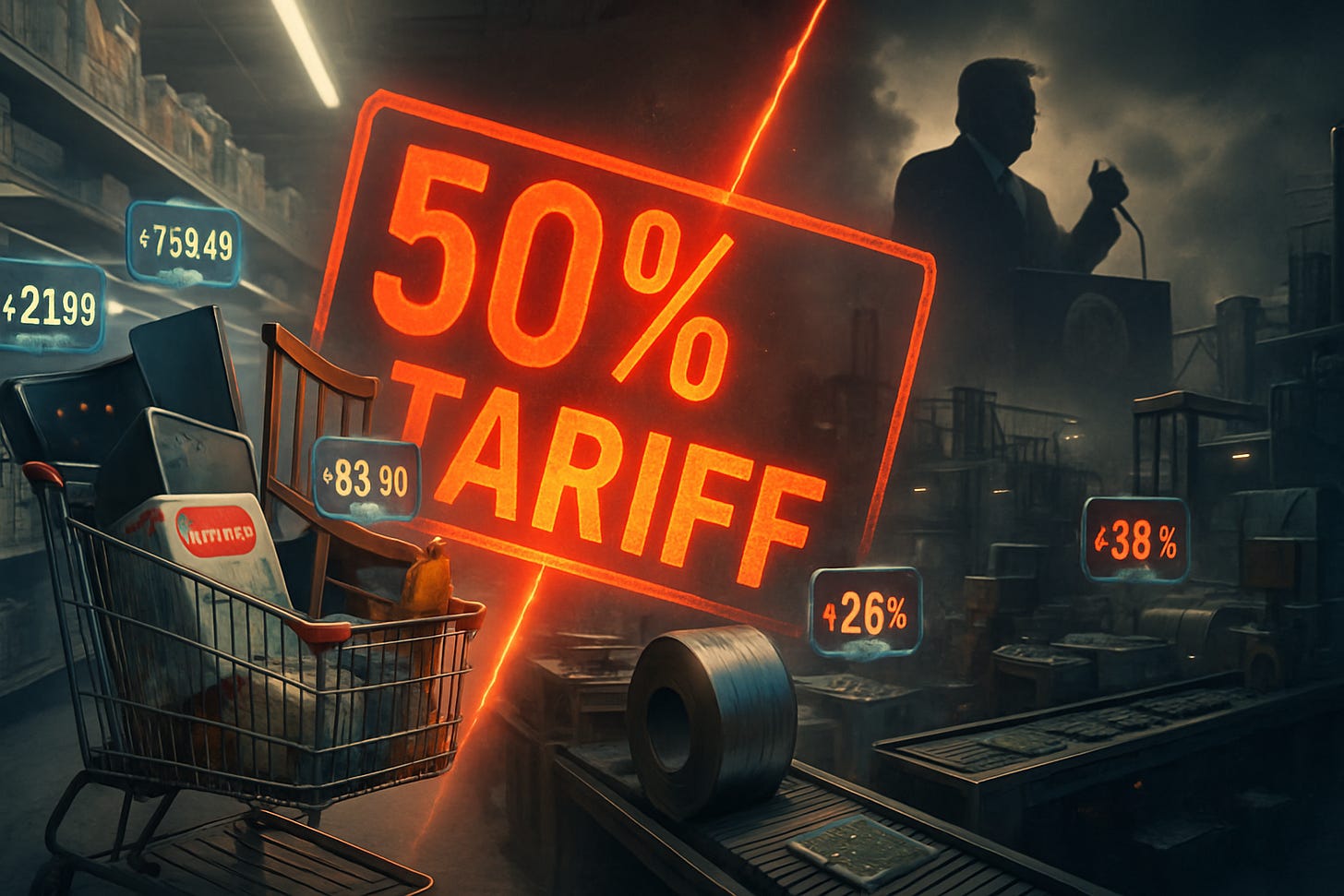New Trump Tariffs Hit Today: Costs Climb for US Consumers & Businesses
Government Revenue Rises Sharply, But Households, Companies, and Profits Take the Hit
President Trump's latest round of tariff hikes takes effect today, pushing already high import taxes even higher. While the White House points to a narrowing trade deficit and booming government revenue, investors should focus on the mounting costs hitting US consumers and businesses – costs that will increasingly show up in corporate earnings reports.
G…



